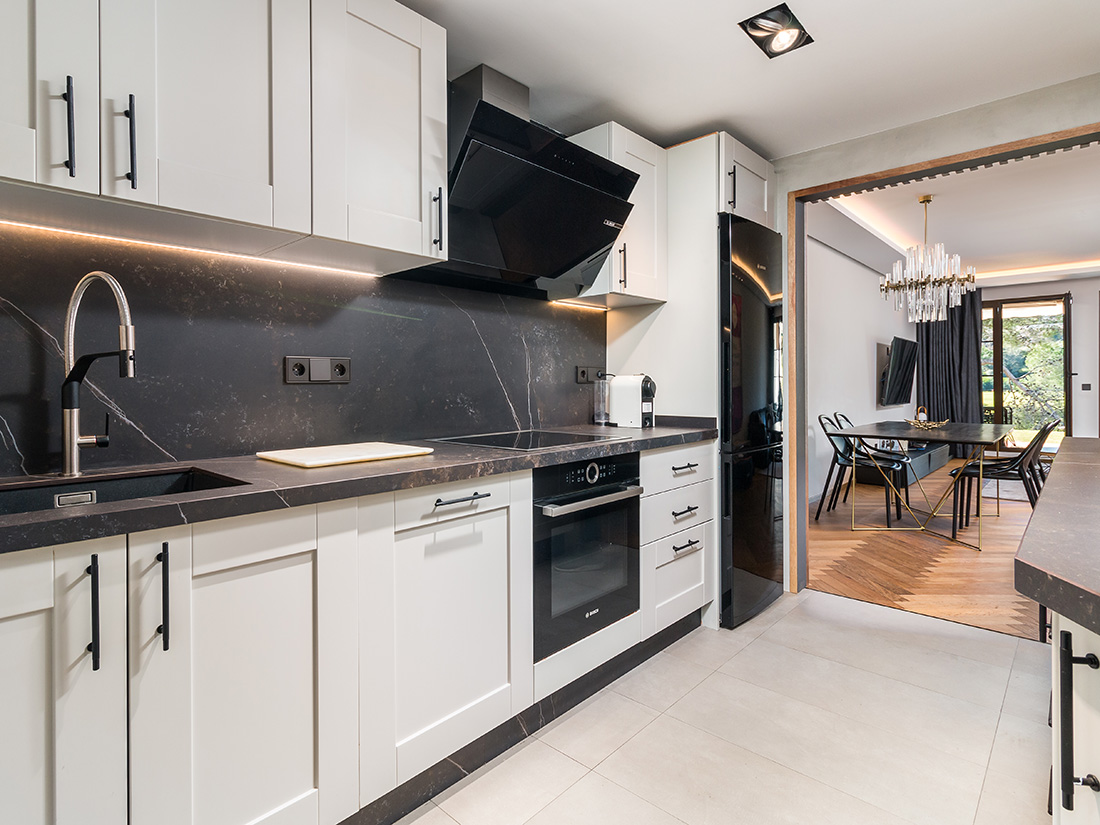Investing in Southern Spain’s Rental Market: Long-Term vs Short-Term Rentals
Southern Spain, a region known for its enchanting landscapes and cultural richness, presents lucrative opportunities for real estate investors. The key lies in understanding the dynamics between long-term and short-term rentals. This article delves into these two investment avenues, focusing on the types of properties that attract the most tenants and the reasons behind their popularity.
Investing in Long-Term Rentals: Stability and Continuous Income
Key Characteristics and Investor Benefits
- Rental Duration: Long-term rentals typically involve contracts for eleven months or more.
- Steady Income: They offer a consistent income stream, making financial planning more predictable for investors.
- Lower Turnover: Long-term rentals often have lower tenant turnover, reducing vacancy periods and maintenance costs.
Popular Property Types for Long-Term Rental
- Residential Apartments and Houses: In cities like Seville and Málaga, residential properties, particularly apartments and townhouses, are in high demand among locals and expatriates.
- Family-Oriented Properties: Properties near schools and family amenities are highly sought after for long-term leasing.
Investor Perspective
- Market Stability: Long-term rentals are less susceptible to seasonal fluctuations, providing more stability in income.
- Tenant Relationships: Building long-lasting tenant relationships can lead to more sustainable rental income.
- Income: Long-term rental properties will typically rent per month for the same amount that short-term properties will rent per week in peak season (July & August).
Investing in Short-Term Rentals: High Returns and Tourist Appeal
Key Characteristics and Investor Benefits
- Rental Duration: Short-term rentals range from a few days to several months.
- Higher Potential Returns: These properties can command higher daily rates, especially during peak tourist seasons.
- Flexibility: Investors can adjust rental prices based on demand and season.
Popular Property Types for Short-Term Rental
- Beachside Villas and Apartments: In coastal areas like Costa del Sol, luxurious beachfront properties are in high demand among tourists.
- City Center Apartments: Properties close to tourist attractions, restaurants, and nightlife in cities like Marbella Town, Estepona and Malaga Old Town attract short-term vacationers.
- Properties Located Close to Chaps and Amenities: Many short-term tenants will not have a car, so the ability to walk to shops, bars and restaurants will really help increase the occupancy.
Investor Perspective
- Seasonal Highs and Lows: While short-term rentals can be more profitable, they also face seasonal variations in demand.
- Regulatory Considerations: Navigating the local laws and regulations, which can be stricter for short-term rentals, is essential. Some communities restrict short-term rentals.
Comparative Analysis for Investors
- Market Demand: Short-term rentals thrive on tourism and can yield high returns during peak seasons, but also face off-season lulls. Long-term rentals offer more consistent demand throughout the year.
- Operational Considerations: Managing short-term rentals often requires more hands-on involvement, including frequent maintenance and marketing efforts. Long-term rentals typically require less day-to-day management.
- Investment Risks: Short-term rentals face higher market volatility and regulatory risks, whereas long-term rentals offer a more predictable investment landscape.
Conclusion
For investors, Southern Spain offers attractive options in both long-term and short-term rental markets. Long-term rentals provide stable income and lower operational demands, suitable for investors seeking a more hands-off approach. Short-term rentals, while demanding more active management, can offer higher returns, especially in tourist-favored areas. A successful investment strategy in Southern Spain’s rental market involves balancing these factors with the investor’s own goals, resources, and risk tolerance.
Investing in Southern Spain’s rental market requires a nuanced understanding of local market trends, legal frameworks, and property management.

